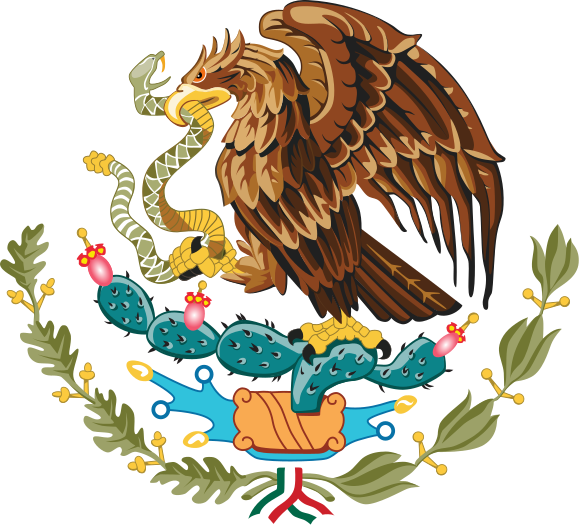The last decade has seen a remarkable shift to the better in the relationship between the United States and Mexico over their shared water resources. But that positive turn is now under threat as the change in U.S. administration imposes an unexpected “reset” in the relationship between the two nations.
The positive shift was most noticeable in the spring of 2014, when the governments of the two nations collaborated on an unprecedented international experiment – the release of water down a normally dry stretch of the Colorado River’s channel that serves for 20 miles as the border between the two nations. Birds followed the water, vegetation sprouted, and the communities bordering the river celebrated the water’s return.
The Colorado River, which flows through seven U.S. states and two in Mexico, is a critical resource for natural and human systems across arid southwestern North America. It has seen more than its share of conflict and struggle, but in recent decades, it has been the site of a burgeoning spirit of cooperation over the collective management of a shared common pool resource. That has been especially significant in recent years as the river crosses the international border between the United States and Mexico.

The 2014 environmental pulse flow, celebrated internationally, was the most visible piece of a fundamental restructuring of the two nations’ approach to sharing the waters of the Colorado. It was a far cry from the early 1960s, when the United States delivered Colorado River water to its downstream neighbors in Mexico so contaminated that it killed crops and was unsuitable for municipal use. The U.S. government’s argument was boldly cynical – a 1944 treaty guaranteed that we share water with our Mexico, but the treaty said nothing about the water’s quality.
The difference between that international crisis and the first decades of the 21st century is striking. In the spring of 2010, when an earthquake damaged Mexican irrigation canals, the United States agreed to store unused Mexican water in the U.S. reservoir at Lake Mead. Conflict over the river had given way to a recognition of the mutual benefits of collaboration around the water system we share.

An important new agreement to expand the collaborative framework between the two countries has been in negotiation for several years, but it was not completed in time for the outgoing Obama administration to sign it before leaving office. The agreement offers crucial benefits to both sides. Mexico, with no big reservoirs of its own, gets the right to continue storing its water in Lake Mead. That helps US water users by keeping Lake Mead from dropping to dangerously low levels that could trigger a shortage that would hit Arizona, Nevada, and possibly California. Both countries agree to share shortages when drought and climate change sap the Colorado River’s supplies. The agreement has widespread support in the United States among the states, three red and four blue, that make up the Colorado River Basin. Water managers on both sides of the border have embraced the deal.
The risk now is that broader conflict between the two countries over things like trade and a border wall could complicate this important agreement. As former Assistant Secretary of the Interior Anne Castle, who worked on US-Mexico Colorado River negotiations, told Greenwire, “There seems to be a demonizing of Mexico in general that is becoming more difficult to overcome.”
The demonization of our neighbor is unfortunate for many reasons, but it would be especially unfortunate if this agreement, so important for communities on both sides of the border, suffers in the process.


